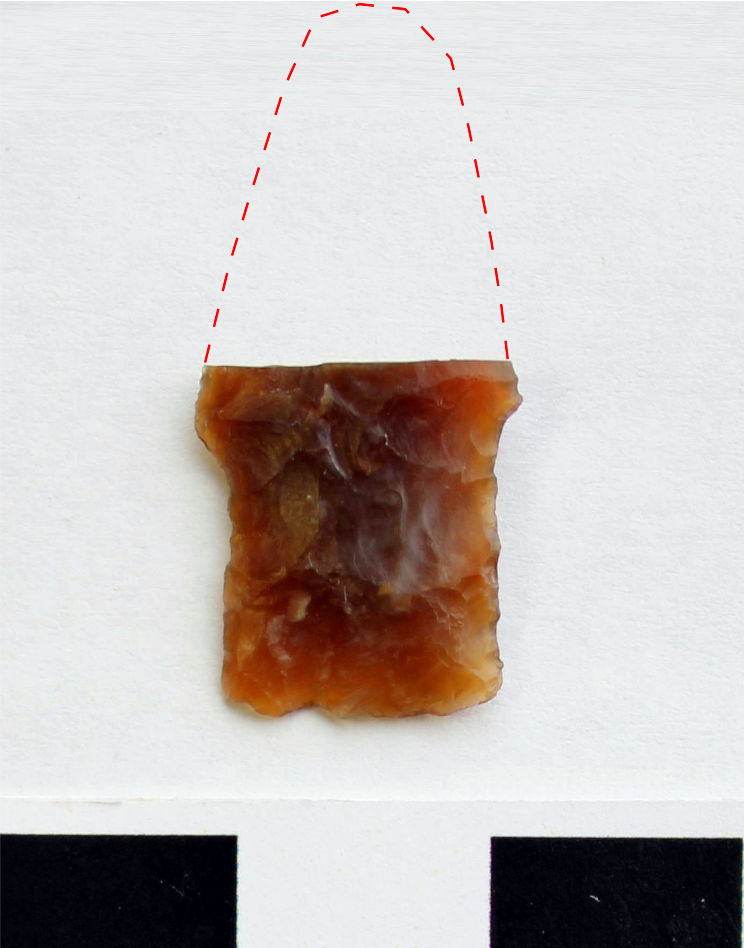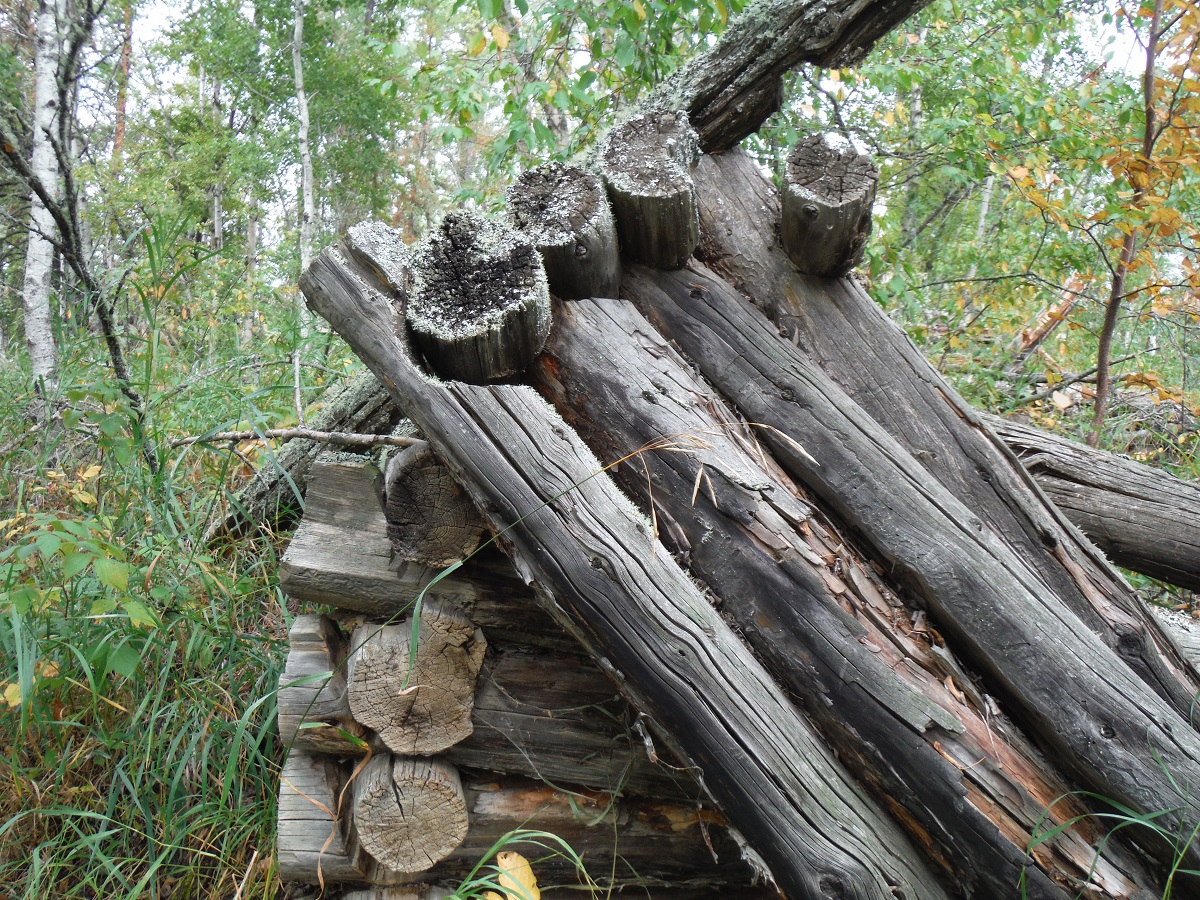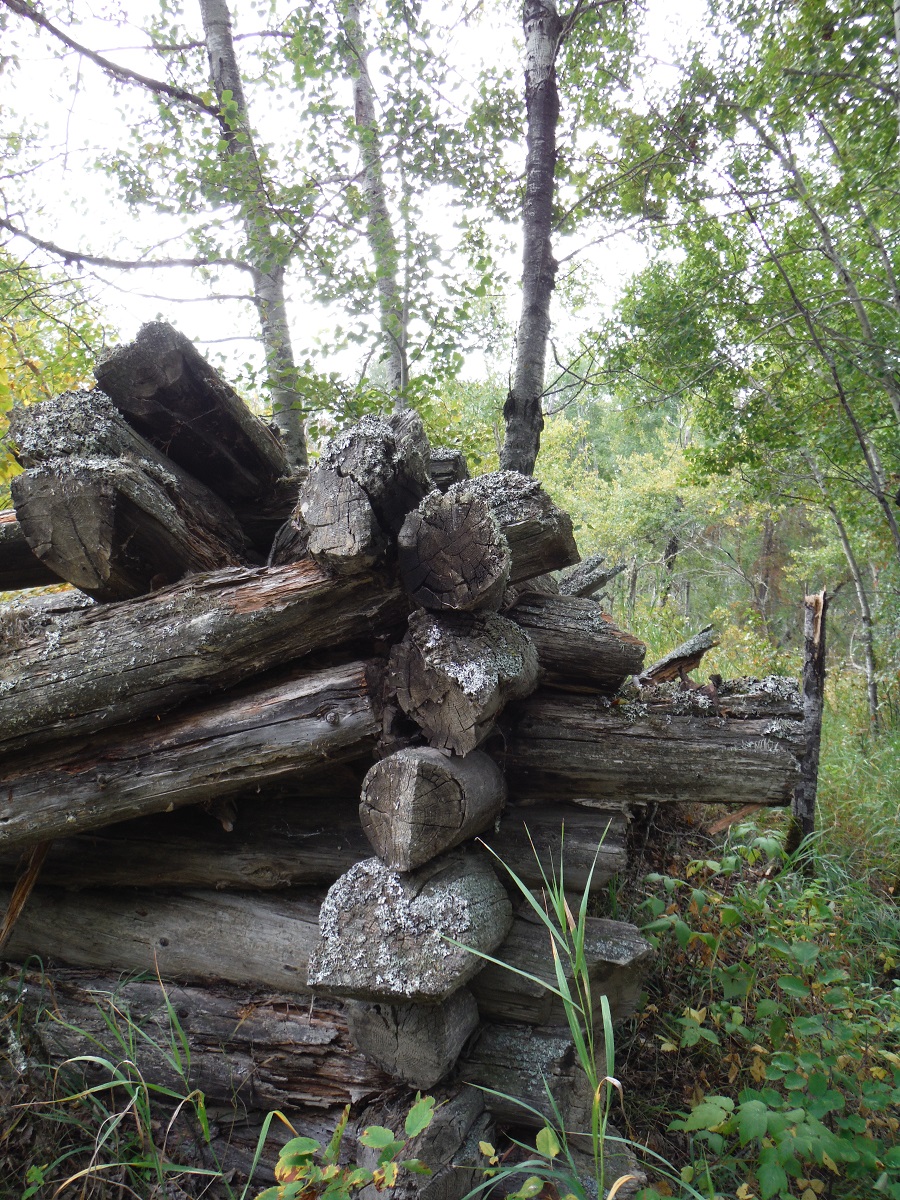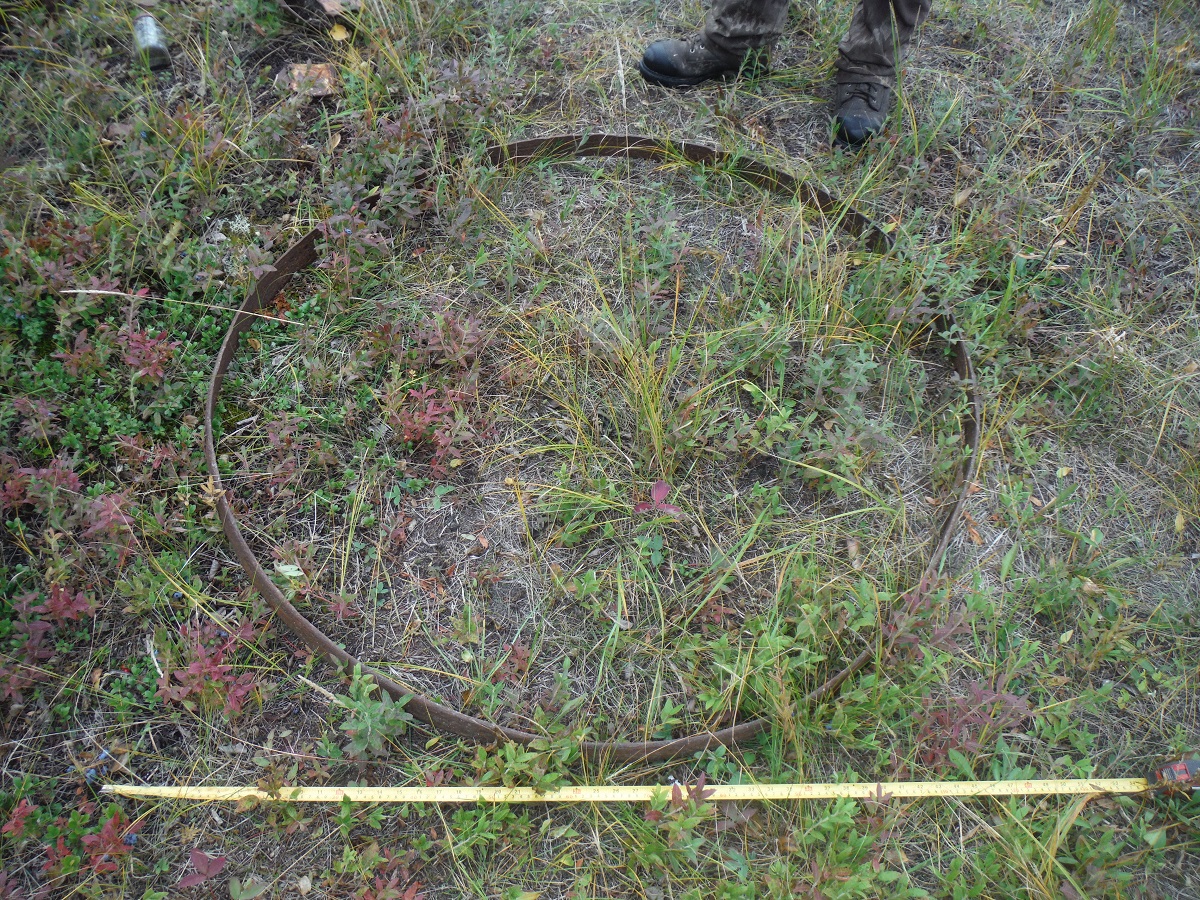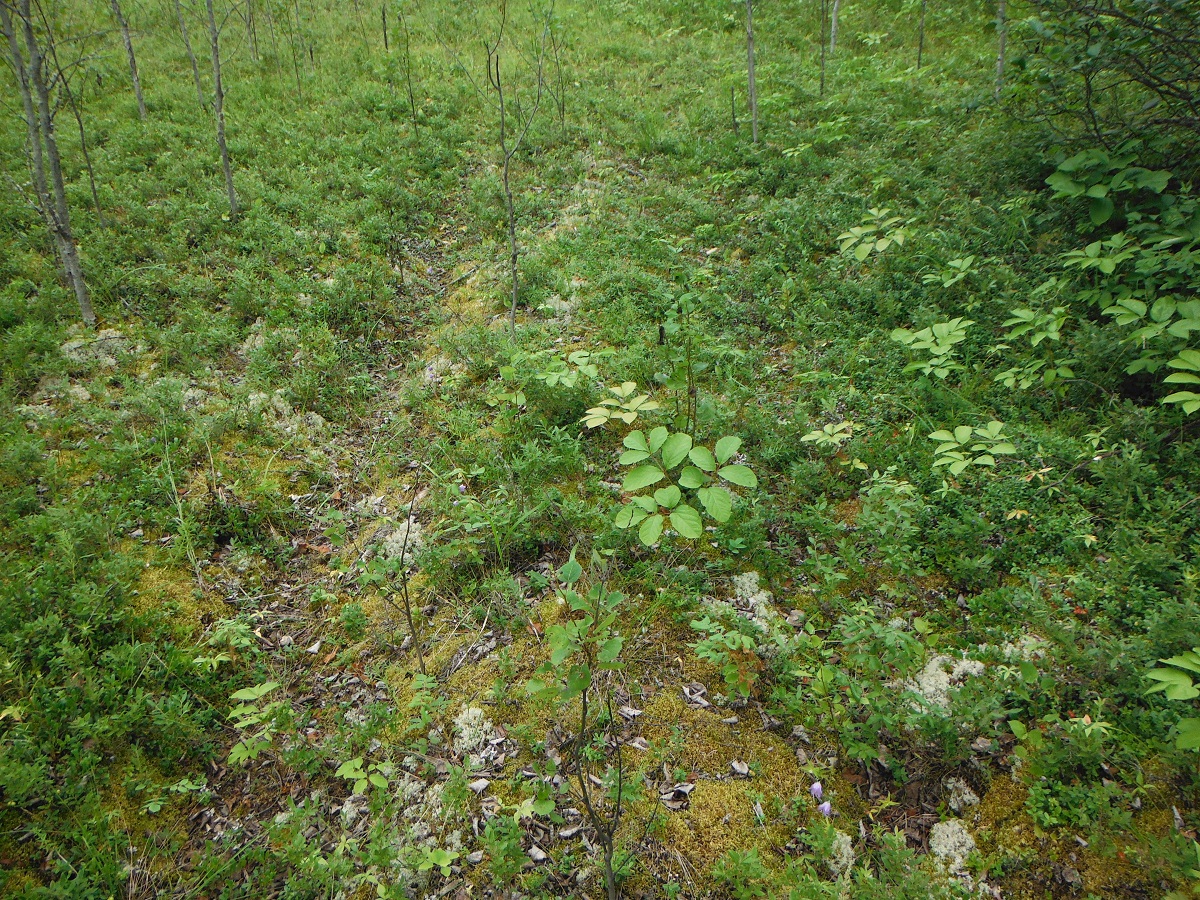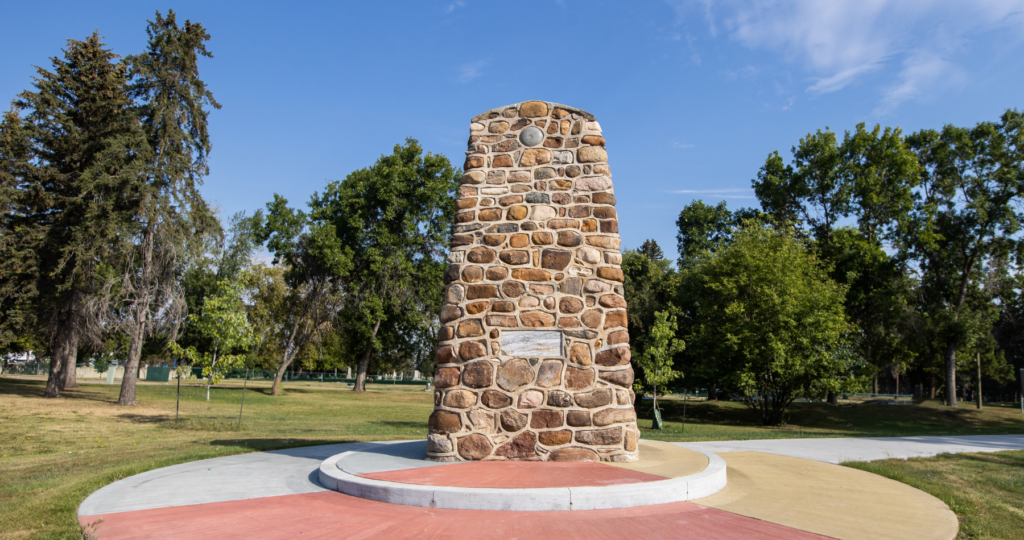Post Category : Local Archaeology
Continuity – Buffalo and Sucker Lake Region
Before 2013, archaeological survey in the Sucker and Buffalo Lake regions only identified three sites. In contrast, just 5 km east, in the Logan and Clyde River systems, around 25 sites had been found. This is likely due to the location of developments being surveyed, but it may also reflect older archaeological survey methods. The dense river systems and the sandy sediments typical to these two areas really increase the archaeological potential. This means there are numerous sites that have yet been identified by archaeological survey.
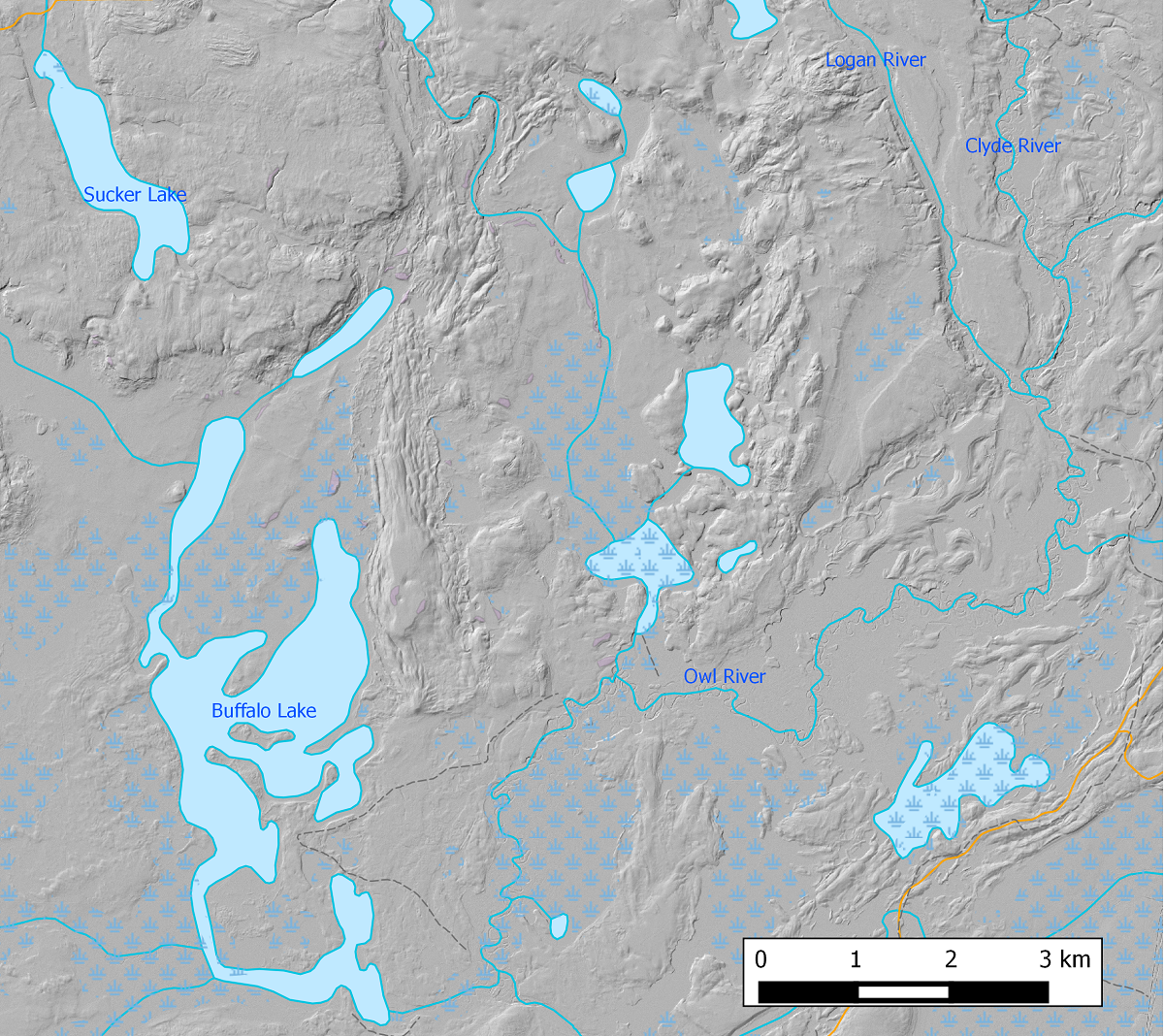
When Millar Western Boyle and Alberta-Pacific submitted new forest plans for this region, we knew we could improve the archaeological understanding of the area. Over two field seasons we put in 477 shovel tests and surface inspections. We increased the sites in the area by 14 sites!
Not only did we find sites, but we found two artifacts that really help us understand the people who used this area by helping us determine a date and possible trade connections. Two artifacts, one projectile point and one knife, were the most interesting finds of the survey.
- The projectile point is the base of a dart thrown by an atlatl. This is an older technology than the bow and arrow, used prior to 2000 years ago. The point is likely Scottsbluff style which is dated up to 8,000 years ago. This atlatl dart point is also made of Knife River Flint. Knife River Flint is a very significant material that only comes from a quarry site in North Dakota (over 1300 km away!).
- The knife is an asymmetrical corner notched siltstone knife. The only known knife typologies in Alberta belong to the Cody Complex; however, unlike this knife, the stems of Cody knives are usually straight and have a flat base. Further research at this site and about this artifact may significantly alter our knowledge about knife manufacture and technology in Alberta. The style may also be representative of a knife style found in other regions of North America which would suggest travel or trade.
Cabins and historic trails were also identified during the assessment. These are from late 19th to early 20th century occupation of the area, possibly associated with First Nation or Metis use and of cultural significance. At site GgOw-10, two cabins were present, one older than the other. We know this because of the way the two cabins were constructed: one with chainsawn logs and the other with an axe. This is indicative of significant, long-term land use in the Buffalo Lake area. At this site, many metal and glass artifacts were also observed, including a wagon wheel hoop, cans, pots, pans, and a cast iron stove. In addition, we identified wagon trails used to travel along between Buffalo Lake and other nearby settlements such as Philomena.
The area is still being used today and remains an area of importance to local First Nations. A prayer tree was identified while surveying a cutblock along a tributary stream. The cutblock was dropped from the harvest plan due to the presence of the prayer tree. The tree was a jackpine with a red and white pieces of fabric tied to the trunk. The prayer tree can indicate an area where a ceremony took place or an area with medicinal plants. A photo of the tree was not included out of respect for Indigenous traditions.
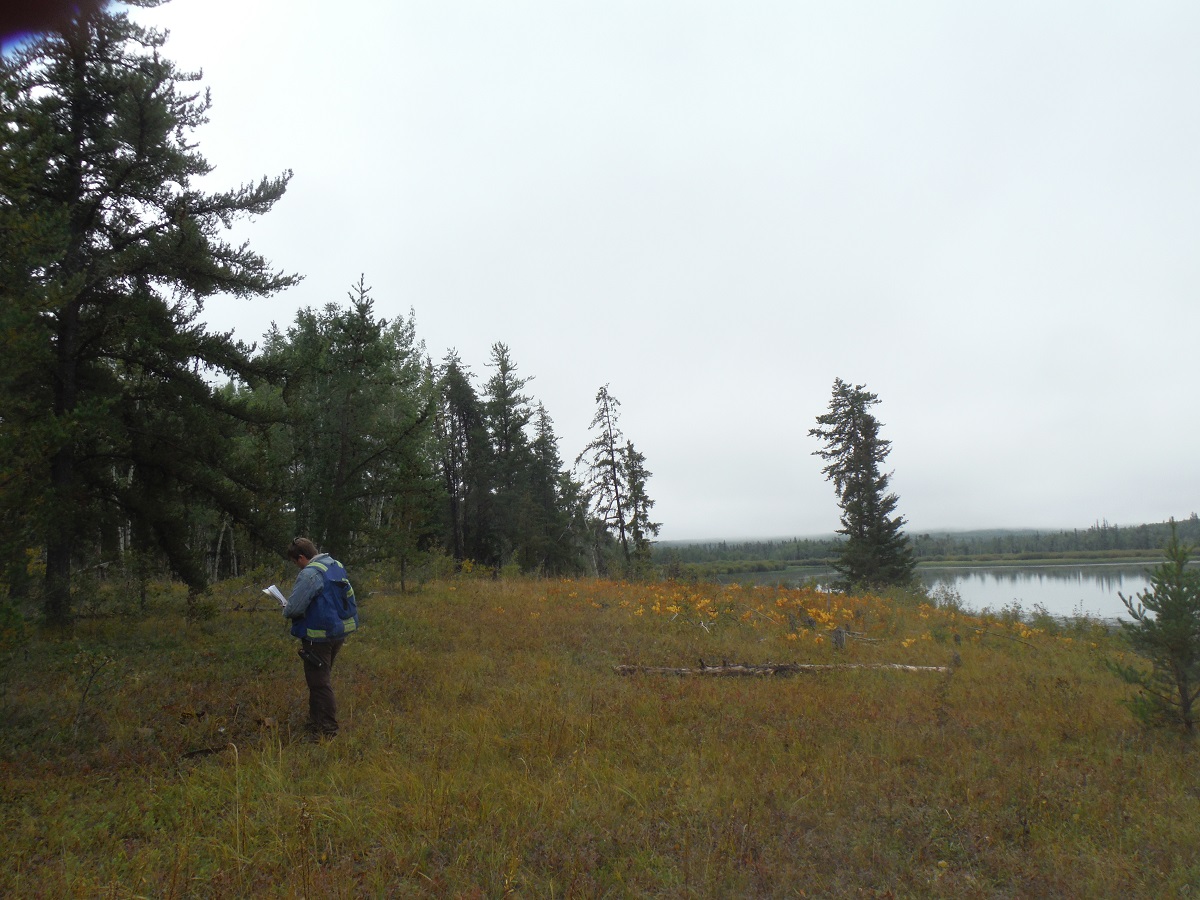
We always look forward to returning to areas we have surveyed in the past. Continuous archaeological survey helps us better predict where other sites are likely to be and fills out our understanding of how landscapes were used over time.

